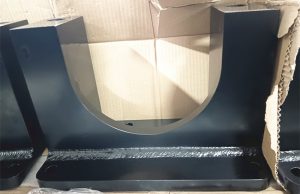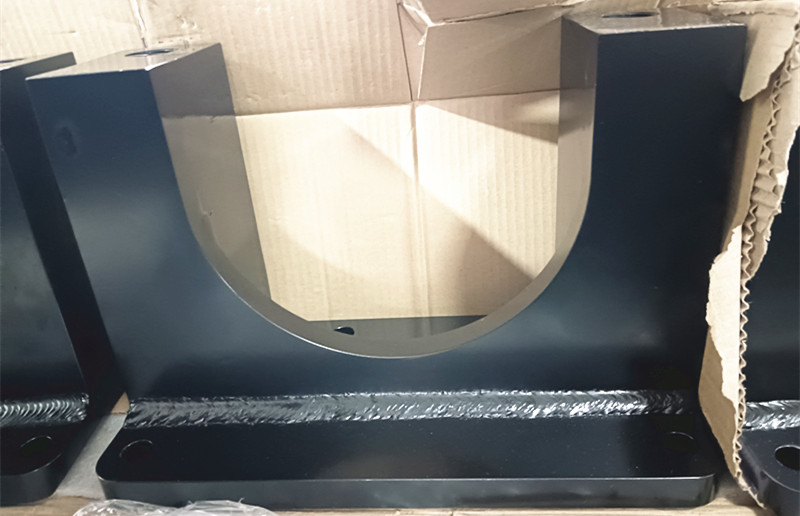Sheet metal welding is a common process in metal fabrication where two or more pieces of metal are joined together using heat, pressure, or both. This process is essential in various industries, including automotive, aerospace, construction, and manufacturing. Here are some key points about sheet metal welding:
- Types of Welding Processes: Several welding processes are commonly used for sheet metal welding, including:
- TIG (Tungsten Inert Gas) Welding: Uses a non-consumable tungsten electrode to produce the weld. It provides precise control and is suitable for thin materials.
- MIG (Metal Inert Gas) Welding: Uses a consumable wire electrode and a shielding gas to protect the weld from atmospheric contamination. MIG welding is versatile and suitable for a wide range of sheet metal thicknesses.
- Spot Welding: Joins two or more metal sheets by applying pressure and heat to localized points. It’s fast and efficient for joining thin sheets of metal.
- Seam Welding: Similar to spot welding but creates a continuous weld along the length of the joint. It’s often used for producing leak-tight seams in sheet metal components.
- Resistance Welding: Uses the resistance to electric current to generate heat for welding. It includes processes like spot welding, seam welding, and projection welding.
- Materials: Sheet metal welding can be performed on various materials, including steel, aluminum, stainless steel, and other alloys. The choice of material depends on the application’s requirements, such as strength, corrosion resistance, and cost.
- Joint Design: Proper joint design is crucial for successful sheet metal welding. Common joint types include butt joints, lap joints, and T-joints. The design should consider factors such as material thickness, joint strength requirements, and accessibility for welding.
- Welding Safety: Welding involves potential hazards, including heat, UV radiation, fumes, and electric shock. Proper safety precautions, such as using personal protective equipment (PPE), adequate ventilation, and following safe welding practices, are essential to prevent injuries and ensure a safe working environment.
- Quality Control: Quality control measures, such as weld inspections, testing, and documentation, are important to ensure the integrity of welded components. Non-destructive testing methods, such as visual inspection, dye penetrant testing, and ultrasonic testing, can be used to assess weld quality without damaging the workpiece.
Sheet metal welding is a specialized skill that requires training, experience, and knowledge of welding techniques and metallurgy. By selecting the appropriate welding process, materials, and quality control measures, manufacturers can produce high-quality welded components for various applications

China Sheet Metal Parts Manufacturers
China Metal Enclosure Fabrication
Sheet Metal Manufacturers in China
China Sheet Metal Fabrication Service
China Custom Sheet Metal Parts
China Sheet Metal Forming Manufacturers

Leave a Reply